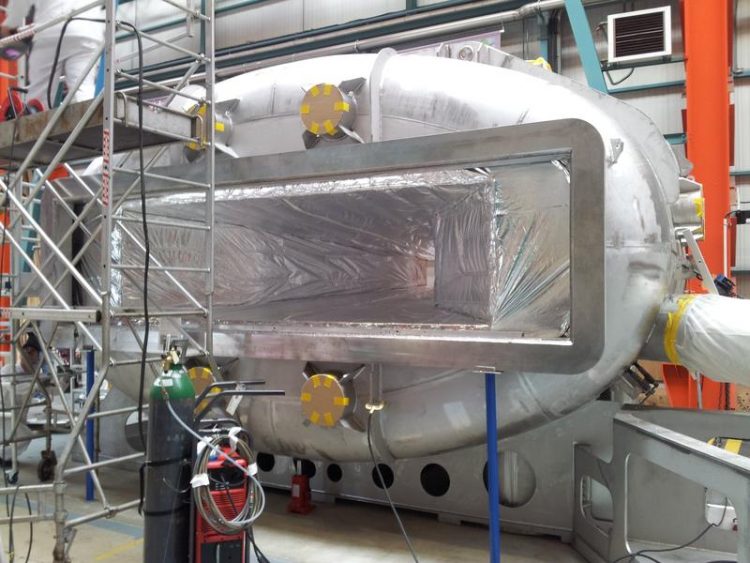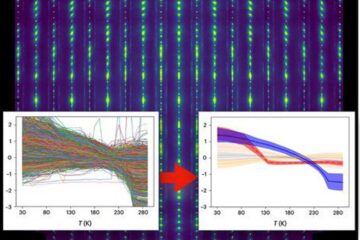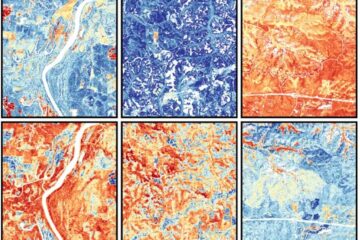FAIR magnet completed in France

In the French Technology Research Center CEA the superconducting coils of GLAD were inserted into the cryostat, with which the magnet can be cooled to 4.5 Kelvin. Felix Wamers
The NUSTAR researchers intend to examine the characteristics of rare and extremely unstable atomic nuclei with large numbers of neutrons and how they are created in supernovae. In this manner the scientists would ultimately like to find out how our elements have been created in such massive starbursts.
Some 50 engineers and scientists at the French technology research center CEA in Saclay – with the support of industry partners – have, over a period of many years, developed a superconducting magnet for the R3B experiment in the NUSTAR collaboration at FAIR, the GLAD magnet (GSI Large Acceptance Dipole).
In the R3B experiment the NUSTAR scientists will examine extremely rare and highly neutron-rich nuclei, which for the first ever may now be created at the FAIR complex in sufficient amounts as a secondary beam. If such neutron-rich atomic nuclei fly close to other atomic nuclei of the so-called target, they are excited, oscillate and collapse, by emitting neutrons for example.
Thus they reveal to scientists something about their structure, for instance the formation of neutron skins. Thus they can possibly answer the fundamental question of why uncharged neutrons in certain numbers can stabilize atomic nuclei such that it was possible for all the heavy elements such as lead, gold and uranium which we now find on earth could be formed in supernovae (starbursts).
The GLAD magnet separates the charged particles from the uncharged neutrons directly behind the target and thus allows for their analysis. The particular technological challenge: the magnet has a large horizontal and a large vertical angular aperture so as measure both charged particles and nuclear fragments.
At the same time it creates a strong, highly homogenous magnetic field. This is necessary because the particles have a large momentum. In addition, the superconducting magnet coils do not have an iron core to amplify the magnetic field, thus making the magnet an overall “lightweight” of merely 60 tonnes. For this reason it can be transported by road as a heavy load from France to Darmstadt.
Media Contact
All latest news from the category: Physics and Astronomy
This area deals with the fundamental laws and building blocks of nature and how they interact, the properties and the behavior of matter, and research into space and time and their structures.
innovations-report provides in-depth reports and articles on subjects such as astrophysics, laser technologies, nuclear, quantum, particle and solid-state physics, nanotechnologies, planetary research and findings (Mars, Venus) and developments related to the Hubble Telescope.
Newest articles

Machine learning algorithm reveals long-theorized glass phase in crystal
Scientists have found evidence of an elusive, glassy phase of matter that emerges when a crystal’s perfect internal pattern is disrupted. X-ray technology and machine learning converge to shed light…

Mapping plant functional diversity from space
HKU ecologists revolutionize ecosystem monitoring with novel field-satellite integration. An international team of researchers, led by Professor Jin WU from the School of Biological Sciences at The University of Hong…

Inverters with constant full load capability
…enable an increase in the performance of electric drives. Overheating components significantly limit the performance of drivetrains in electric vehicles. Inverters in particular are subject to a high thermal load,…





















